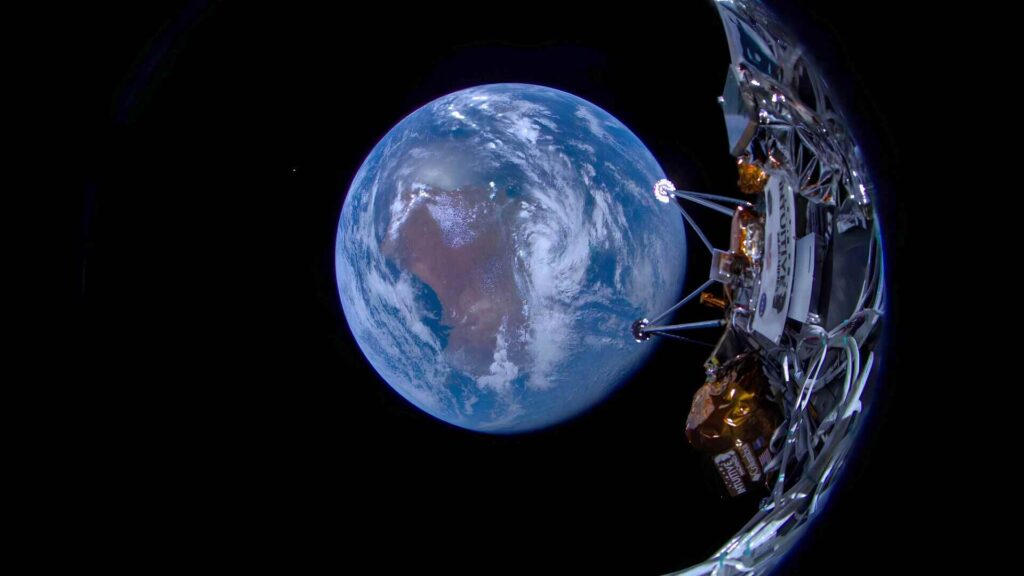
In a dramatic turn of events, Astrobotic’s lunar lander, Peregrine, met a fiery end as it burned up in Earth’s atmosphere over the South Pacific Ocean. The private U.S. company, known for its endeavors in moon exploration, confirmed this unfortunate incident to multiple sources.
The demise of the Peregrine raises questions about the challenges and complexities of lunar missions, shedding light on the intricacies involved in space exploration.
Technical Challenges and Unforeseen Obstacles
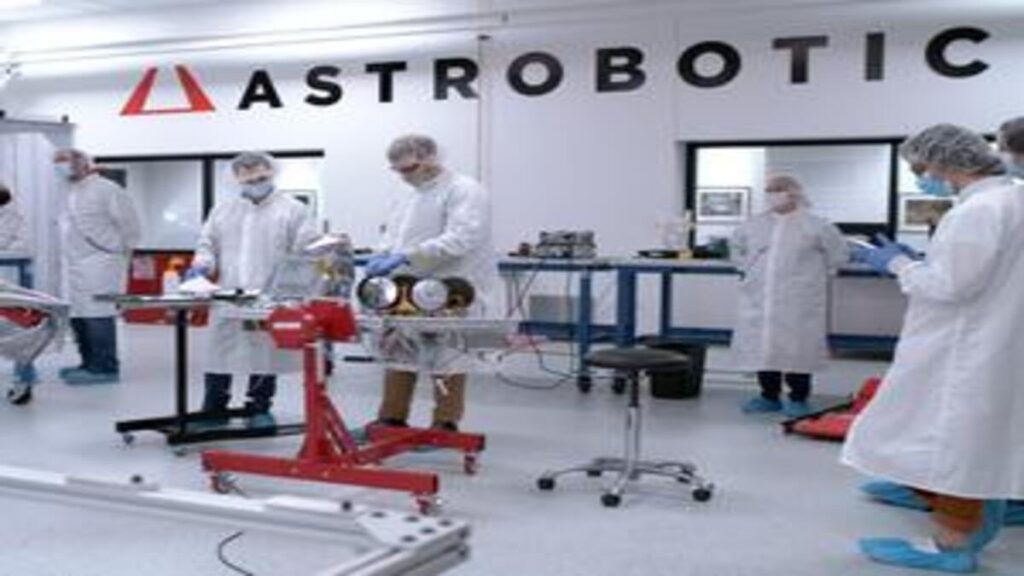
Astrobotic, based in Pittsburgh, PA, is a pioneering force in making space missions accessible and affordable for scientific exploration and commercial ventures.
The company specializes in lunar logistics and offers end-to-end delivery services for payloads to the moon. The Peregrine was the company’s latest lunar lander, designed to facilitate scientific endeavors on the lunar surface.
The Peregrine encountered a critical issue while traversing the vast expanse between the Moon and Earth. A propellant leak, detected shortly after takeoff, thwarted the mission’s objective of achieving a successful lunar landing.
Astrobotic’s statement projected the spacecraft’s inevitable return to Earth’s atmosphere, where it would ultimately disintegrate upon re-entry.
The challenges faced by the Peregrine highlight the intricacies of space exploration. The complexities of managing spacecraft propulsion systems and ensuring reliable performance in extreme conditions highlight the need for robust engineering solutions and meticulous testing methodologies.
ALSO READ: SpaceX Loses Starship Over Indian Ocean Amid Moon Travel
Extracting Valuable Insights from Adversity
Despite the Peregrine’s failure to fulfill its intended purpose, Astrobotic and its partners, including NASA, gleaned crucial scientific data and technical knowledge from the ill-fated mission.

The spacecraft’s rapid descent and subsequent burn-up provided invaluable insights into the dynamics of re-entry and the behavior of spacecraft under extreme conditions.
Moreover, the unique circumstances surrounding the Peregrine’s demise shed light on the challenges posed by space exploration. From the uncertainties of orbital positioning to the complexities of managing spacecraft propulsion systems, each failure serves as a catalyst for innovation and improvement in future missions.
The collaborative efforts of Astrobotic and NASA exemplify the spirit of resilience and determination in the face of adversity. By leveraging the lessons learned from the Peregrine mission, stakeholders in the space exploration community can enhance mission preparedness and mitigate risks in future endeavors.
POLL—Should the Government Increase Taxes on the Wealthy To Reduce Economic Inequality?
NASA’s Partnership with Private Companies
NASA’s collaboration with private entities like Astrobotic emphasizes a paradigm shift in space exploration.
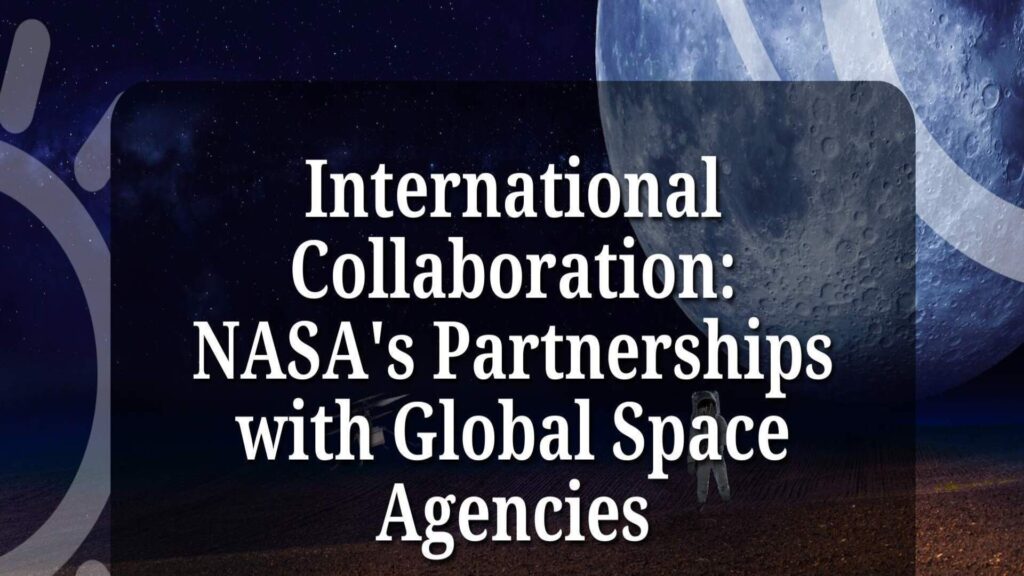
Through initiatives such as the Commercial Lunar Payload Services (CLPS) program, NASA aims to leverage the capabilities of private companies to deliver payloads to the lunar surface, facilitating scientific research and paving the way for future manned missions.
The partnership between governmental agencies and private enterprises represents a fusion of expertise and resources, enabling ambitious endeavors that would be unattainable through traditional means.
As NASA continues to expand its collaboration with commercial partners, the landscape of space exploration evolves, offering new opportunities for discovery and advancement.
Challenges and Opportunities in Lunar Exploration
The failure of recent lunar missions highlights the inherent challenges and complexities associated with space exploration.
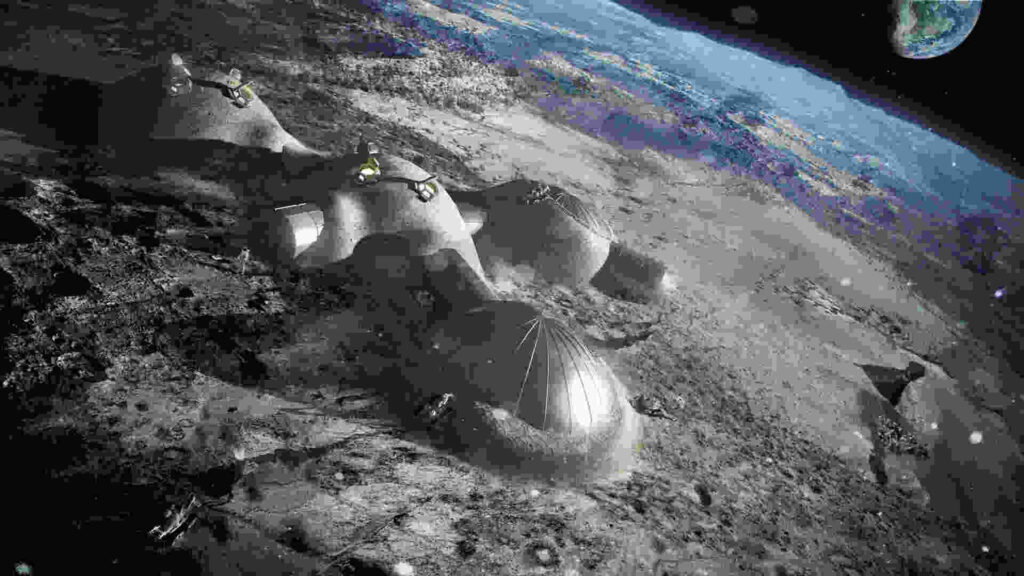
With lunar landers facing a 100% failure rate on the moon, the need for innovative solutions and robust testing methodologies becomes increasingly apparent.
Spacecraft components, custom-built for each mission, pose unique challenges in terms of testing and reliability. Unlike terrestrial vehicles, spacecraft cannot undergo comprehensive testing until they are launched into space, leaving little room for error during critical missions.
ALSO READ: Man Who Almost Became NASA’s First Black Astronaut in the ‘60s Recounts His Experience
The constraints of space exploration underline the importance of interdisciplinary collaboration and technological innovation. By addressing the challenges posed by lunar missions, the space exploration community can unlock new frontiers of scientific discovery and expand humanity’s understanding of the cosmos.
A Renewed Focus on Space Exploration
Despite the setbacks, renewed interest in space exploration has permeated scientific and governmental spheres.
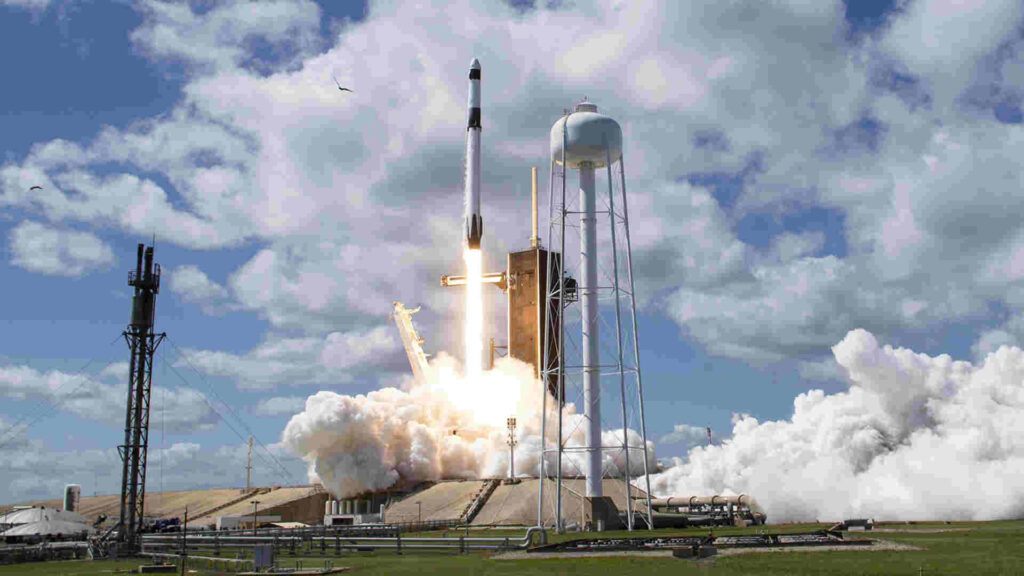
With upcoming missions like Artemis II and III on the horizon, humanity stands poised to embark on a new chapter in space exploration fueled by collaboration, innovation, and a relentless pursuit of knowledge.
As NASA targets the launch of Artemis II for September 2025 and plans for Artemis III’s lunar landing in September 2026, anticipation builds for the next phase of human exploration beyond Earth’s bounds.
With each setback, the resolve to overcome challenges and push the boundaries of scientific discovery only grows stronger, ensuring that the legacy of exploration continues to inspire future generations.
You Might Also Like:
Oklahoma City Residents Face Tough Decision After Electing a White Nationalist
Atlanta Company Fines Woman After Demolishing Her Home
“There’s Only So Much a Woman Can Take,” Brittany Cartwright Says Amid Split From Jax Taylor
Supreme Court Declines Former County Commissioner’s Appeal Over January 6 Riot Despite Sparing Trump
Released Bodycam Footage Shows Fatal Shooting of Autistic Teen Who Lunged at Deputy With Garden Tool
